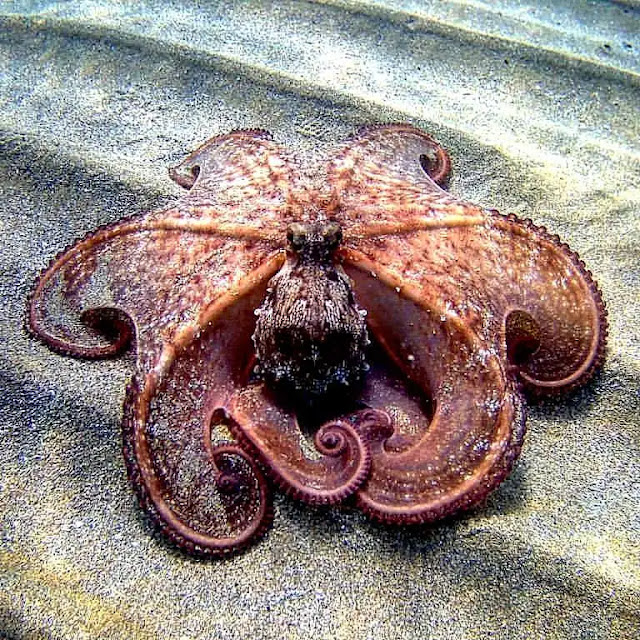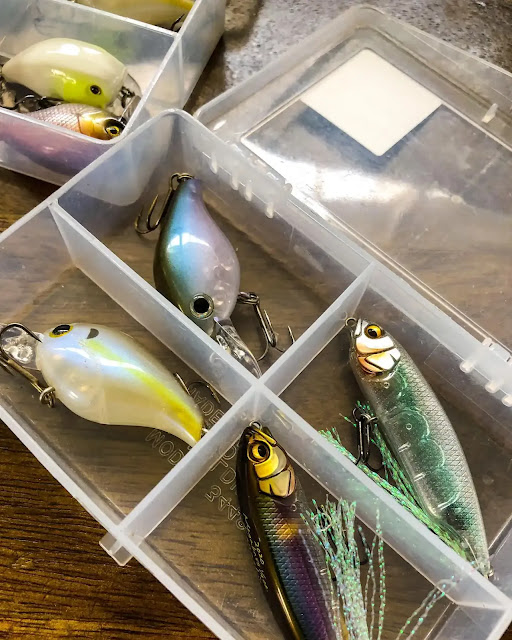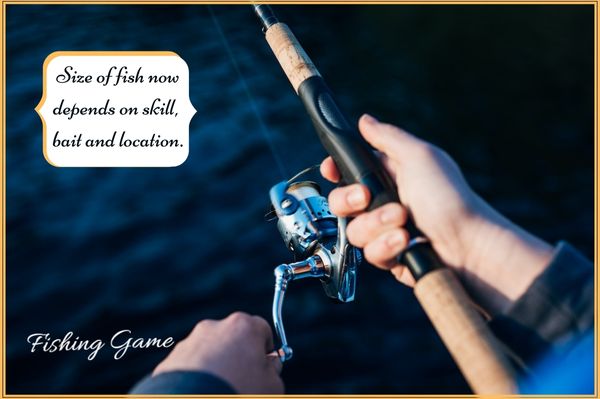What is Saltwater Fishing?
Saltwater fishing is a type of fishery that exists in the ocean. In contrast, freshwater fishing is a type of fishery that operates within freshwater streams and lakes. Saltwater fishing is popular among most types of fish and it’s grown into an industry worth billions of dollars per year. Saltwater fishing offers more diversity in comparison to freshwater fishing because there are many alien species associated with saltwater fisheries.
For instance, saltwater anglers can find different types of snook, tarpon and marlin aquatic creatures. Saltwater anglers must have an understanding of these alien species as well as their own native species in order to catch them successfully. The following are some tips for catching fish using saltwater bait:
1) Purchase a bait that targets the specific fish you’re trying to catch. Although there are many different types of saltwater fish, each species has a preferred bait.
2) Purchase bait that matches the water temperature and salinity of the ocean.
3) Prepare your tackle accordingly for fishing in saltwater environments. For instance, multispecies hooks are recommended because they can be used on multiple types of fish.
4) Use a bait that has a different smell from the natural bait in the ocean so you don't attract any unwanted attention from other sea life.
5) Keep your bait in a sealed container to keep it fresh on long fishing trips. There are many reasons for saltwater fishing and one of them is catching exotic species not found in freshwater lakes. Saltwater fishing can be done commercially, as well as for recreational purposes.
Choosing Your Gear for Saltwater Fishing
Saltwater fishing is a popular pastime, as it has its own unique challenges and requirements. Depending on the type of saltwater fishing, you might need to bring different gear with you.
Saltwater Fishing Gear:
Rods, reels and other fishing tackle: Saltwater fish often have sharp scales which can easily cut through material like metal wire or nylon braided line which would be too strong for most freshwater uses. You'll want to bring heavy-duty rod-reel combos with large arbour reels capable of using big-game fishing lines such as 10lb test monofilament lines or 20lb test braid. To prevent these lines from getting caught in the spool and getting stuck with maximum drag capacity, consider bringing a baitcasting reel, although many saltwater anglers prefer the simplicity of a spinning reel for long runs.
Bait and lures: There are many types of saltwater fish, and you'll want to know what bait or lure is appropriate for each of them. If you're in a location where there are high concentrations of game fish, chances are good that the waters will have some type of baitfish available to you, such as shad or menhaden. If you're in a location without natural baitfish around, many places will have artificial bait available to you. Artificial baits are often used by predators that require a sustained diet of food to survive, such as sharks and tuna.
Rod gloves: Saltwater fishing rods can get expensive and it's important to keep your gear well protected. Rod gloves are designed to help you prevent blisters and other injuries by providing a more efficient grip on your rod. They usually come with a coating that grips the rod better than bare skin, but it definitely doesn't hurt to have some on hand.
Choosing the Right Location for Salt Water Fishing
There is a lot of debate over which is the best location to fish saltwater. Some people think that they should go to the coast where they don't have to worry about rules and regulations from other countries. Others would prefer fishing in isolated, uninhabited areas because of their lack of rules and regulations. We look at our favourite destinations for saltwater fishing, each with its own set of benefits and drawbacks.
The Gulf of Mexico is a big water body that has many different and unique locations to fish. Some of the best fishing in the gulf takes place on the Mississippi River Delta, while others choose to fish offshore in warm waters on the edge of the gulf. The Gulf offers just as much variety and advantages as other oceanic locations but is completely under United States jurisdiction.
The Gulf of Mexico offers a wide range of fishing opportunities such as:
- Offshore fishing in warm waters with large, deep drops.
- Drifting fish like red snapper along the edge.
- The Mississippi River Delta is one of the best places to fish for tarpon and redfish. While the Gulf of Mexico has many advantages that other fishing destinations do not, it also has many disadvantages that can make it difficult to catch fish. One of the most prominent disadvantages is the limited fishing opportunities available with a low number of boat tours and no charter boats. The Gulf is also prone to large waves and strong currents making it difficult to cast a bait or even set foot in the water.
- Island hopping in the Bahamas.
Be Prepared with Lures and Hooks
Hooks and lures are two very important fishing tools that fishermen use to catch their prey. In the same way, content writers use them to attract visitors to their websites and the content they offer.
Lures: these are the tempting headlines in your content that entice people.
Hooks: they add value to your content and make it appealing.
Tackle box: is what you carry with you while fishing The bait: is what the fish eats to get caught by the fisherman.
Using a Line as a Method of Attracting Fish
When comparing the line to other methods, it is important to note its drawback on a single target: it has no moving parts, no bait, and no hooks. However, like all fishing techniques, the line is inseparable from the fish. Line fishing typically uses a variety of different lures that are attached to a line by means of weights.
Some have feathers and some have metal jigs at the end of them. When using this method for catching trout or salmon, you'll need single or multi-hook setups. When used in freshwater fishing, you'll usually want to use a sinker weight with your line so that it sinks down quickly and doesn't get tangled up on underwater obstacles like logs or rocks. The line fishing technique is most similar to trolling, with the difference that you can't stop the lure as quickly when you need to twitch it.
When you reach your destination, it's time to reel in. Line fishing is typically used for catching multiple fish at once, and because of this, it requires a boat or a good swimming spot.
Casting Your Line Into the Ocean and Reeling It In With Ease
In the early days, he was known to reel his line in with ease. The Speed Bait cast enabled him to do so by eliminating the need for a bulky, heavy rod. This allowed him to quickly move around a lot more and also be very mobile. The modern Speed Bait is designed for maximum casting distance and accuracy without any extra weight or cumbersome size. In this article, we will talk about what makes this lure so desirable, how it's used and its advantages over other lures on the market today.
There are a couple different types of fish that can be caught using the Speed Bait. The first one is called a "tarpon", which is often referred to as a king of the sea. This type of fish is deep-bodied, fast and strong, making it difficult to reel in with traditional fishing gear.
Tarpons have been known to grow to over 300 pounds and are found in the Gulf of Mexico, Atlantic Ocean, Pacific Ocean and the Caribbean Sea. The second type of fish that can be caught with the Speed Bait is called a "snook". These are known for their small size, which makes them difficult to reel in with a speed bait too. They are often found in Florida's rivers and can grow to 18 inches long. Because of its unique design, the Speed Bait has a lot of advantages over other types of fishing lures. For example, it's easier for this lure to reach deep-bodied fish and since it is more sensitive than other lures, less line is required for a given depth as well.


























































.png)













